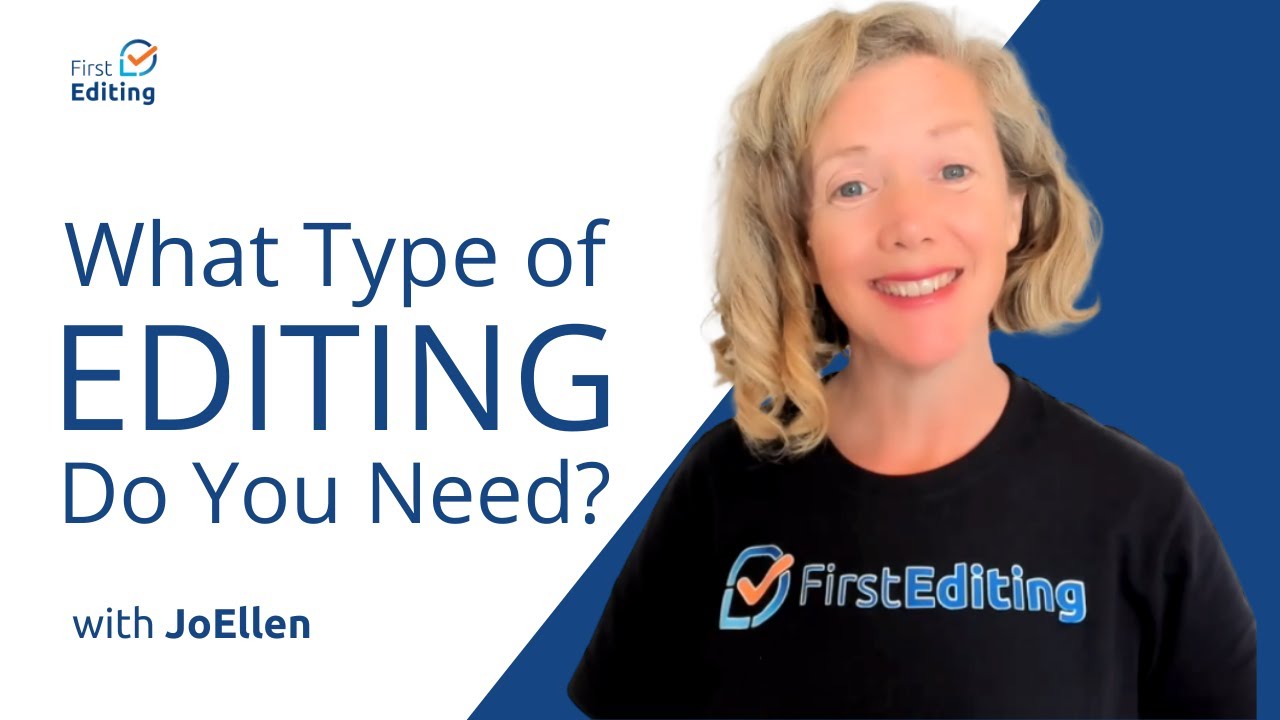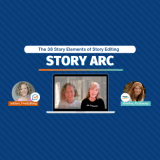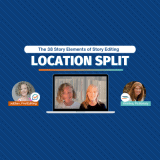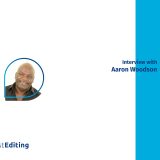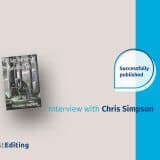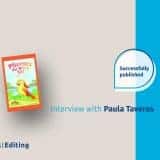
Editing, whether it is for an academic journal, a short story submission, or a non-fiction manuscript for publishing, always follows basic rules of grammar and punctuation. This blog will help you learn the basic rules of em dashes and ellipses, and how to use them accurately in your work. While this blog will assist fiction writers most, this is a useful skill to have in your writing arsenal.
The em dash
The em dash is a longer dash that is similar to a hyphen. It is used to show an interruption, and sometimes as a replacement for commas, colons, or semicolons.
Rules of Em Dashes and Ellipses
For example,
“I hope you have told me the truth—you don’t always.” This quote is all one sentence, but there was a pause in between the words truth and you that is represented by the em dash.
OR
“He just walked right in through the—he didn’t even think to announce his presence!” It shows that one sentence was interrupted and another began.
OR
“Would he—could he—simply resign?”
When typing in Microsoft Word, you can prompt one of these dashes by placing a space after the last letter of the word, then hit the hyphen key (next to the zero) twice, and then pressing your space bar again before typing the next word. Most Microsoft Word applications use an auto format that will insert the em dash for you.
Ellipses
In contrast, the ellipsis is used to show when a thought trails off and the sentence is incomplete, or to show a pause in a quote that is all one sentence. It is a series of three dots (periods) with non-breaking spaces between them and outside them. Some word processing programs will automatically format three periods together, but the Chicago Manual of Style recommends manually inserting a non-breaking space/period/non-breaking space/period/non-breaking space/period/non-breaking space (eliminating that last non-breaking space before a closing quotation mark).
An example of dialog where the speaker’s sentence trails off and the word processing program changed the three periods to ellipses is,
“I just couldn’t believe what he was…” she muttered, as if to herself.
Whether you are writing a fiction piece or working on an academic submission, please remember that the professional editors at FirstEditing.com are always here to assist you with your work. Happy writing!
Originally posted 9/12/2010 and happily updated 10/29/2017. Thanks for reading!




